Writing the last WanderFinder got me thinking about the first tracker I ever had, Martin. I’ve written briefly about Martin before (here and here) — he worked with ranger Fred on both of my trips to Dulini. Or possibly I should say, he worked with Fred on one-and-a-half of my trips to Dulini. On the second half of my second trip, he was replaced with a trainee. “Martin is busy,” we were told, “he needs to visit his family.” I didn’t think a second thought about it.
Every country has an entirely separate system for certifying safari guides and for what, even, a safari involves: what the guides are called. How many guides you get per vehicle (that is, is there a tracker at all, or just a ranger). And so on.
There’s a diversity of approaches to all kinds of issues relating to safaris. Take guns, for instance. In Botswana, the general philosophy seems to be that guns only encourage the kind of behavior that rangers can’t get out of without the use of a gun. Unless you’re a ranger with a very high certification, probably on a walking tour, and definitely not in a national park, you’re not carrying a gun.
In other countries, though, carrying a gun is de rigueur. In South Africa, no self-respecting ranger would go out on a drive without a rifle, and in general, shooting is one of the major categories of competition for the Africa-wide Safari Guide of the Year award.
The vehicle architecture changes from place to place too, correspondingly shifting the experience. In many countries, rangers and trackers sit next to each other, but in South Africa, trackers have a special seat, up front, on the hood of the safari vehicle, probably a jeep.
The seat is precarious. Up there, the tracker acts as a kind of bloodhound attached to the driver through the steel leash of a car frame.
That’s where Martin sat when I knew him as a tracker.
You can’t watch a man getting repeatedly driven machete-first into brambles with thorns as long as your hand for your benefit without beginning to wonder about whether something about this system might be flawed.
Martin had the option of scrambling back over the hood and into the car if things got rough but, of course, depending on how rough things got, he might not have time.
Here’s Martin, ever-so-slightly leaning away from a rhino, just a few feet from him.
Not only that, but as Fred and Martin were well aware: they were the entertainment. Maybe more even than the animals were. “He’s got a stout heart,” Fred might say, and it was true. Martin didn’t seem afraid of anything. We might park somewhere, some distance from lions, but then a young lion, curious, might come so close to us that his fetid breath could warm Martin’s feet, and still Martin (usually) wouldn’t flinch.
I’ve come to understand tracker to roughly translate (usually) to “a Black African from a local tribe who has transferred their considerable indigenous tracking skills into the tourism industry.”
Rangers, on the other hand, were much more likely to be white, especially in South Africa. They seemed like people — almost all men, but not exclusively — who had received some advanced education in environmental science or the like, and then taken a look around them and thought, “nah. It’s the bush for me, mate.”
When most of the trackers are Black and indigenous, and most of the rangers are white, then building the vehicle to balance the tracker on the hood of car is just undeniably racist. It’s racist as hell watching your tracker bounce around like a human hood ornament in front of you.
Within that broken, racist system, it was also true that you couldn’t spend five minutes in Fred and Martin’s vehicle and not know that here were two men who, within that context, had a lot of respect for what the other brought to the Jeep.
What they both clearly loved, more than anything else, was finding animals.
That’s actually not that common, I think. I’ve now driven with a few teams, and read about a lot more, and of course everyone *wants* to find animals, that’s their job, but some people like telling stories about animals, and some people like photography, and so one and so forth, but what Fred and Martin really liked was getting out of their vehicle and actually tracking down the exact animal you wanted to see.
It’s the riskiest thing they could possibly do.
They did it all the time. Constantly. They would just leave you there with instructions to radio the main camp if anything terrible happened — like if an elephant rushed you, which was very unlikely — and off they’d go, looking for whatever you asked for.
Once, a few days into my first safari, a honeymoon couple joined us. They wanted to see lions, and so Fred and Martin spent a couple of hours tracking lions, but it was no good — the lions had disappeared that morning.
I had been a little nervous about the new bride — she showed up to safari in stiletto heels — but she turned out to be terrific, a great spotter. She suggested we give up on the lions and go take a look at an elephant she had seen instead, which we did for a while, but Fred was restless. He really wanted to find lions for them.
Martin said fine, took over the search, and, eventually, tracked down a very grumpy male lion who thought he had been well-hidden. Not for Martin.
When Martin didn’t show up for the last few days of the second safari, I should have known something was up. I should have known he’d never quit.
It was Jesse, the Dulini hostess, who wrote me a few months after my Mom and I returned to the States. Martin, she wrote, had been sick for a while, and had just died of AIDS.
South Africa has the largest HIV epidemic in the world, but things are improving. It also now has the world’s largest antiretroviral treatment (ART) program.
I don’t know enough about Martin personally to mourn him as a friend might. I don’t know his wife and children, though I know he had both. He wasn’t even an acquaintance, really.
And yet he had this outsize influence: his unbelievable powers of observation. His patience. I have all these pictures of him, and Frank, the way you take pictures of friends, and family. Even the email I received upon his death had something of the mark of Martin in it: tracking me down, finding me, drawing me in.
I think of him when I learn a little more about birdsong, or animal tracks. I hope he feels, somewhere, a little remembered, a little tracked, a little found.
An email from Substack reminded me that I’ve been doing this for a little over a year now. Thanks so much to all of you for your support — I truly treasure each one of you. I started with just a few subscribers, all of whom I knew (love y’all!) and now I’m up to almost 50 subscribers, some of whom I don’t know personally (which is very exciting!).
Thanks to everyone, and please do keep liking and commenting on the posts you like. Have a wanderful week!

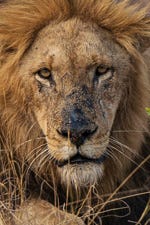


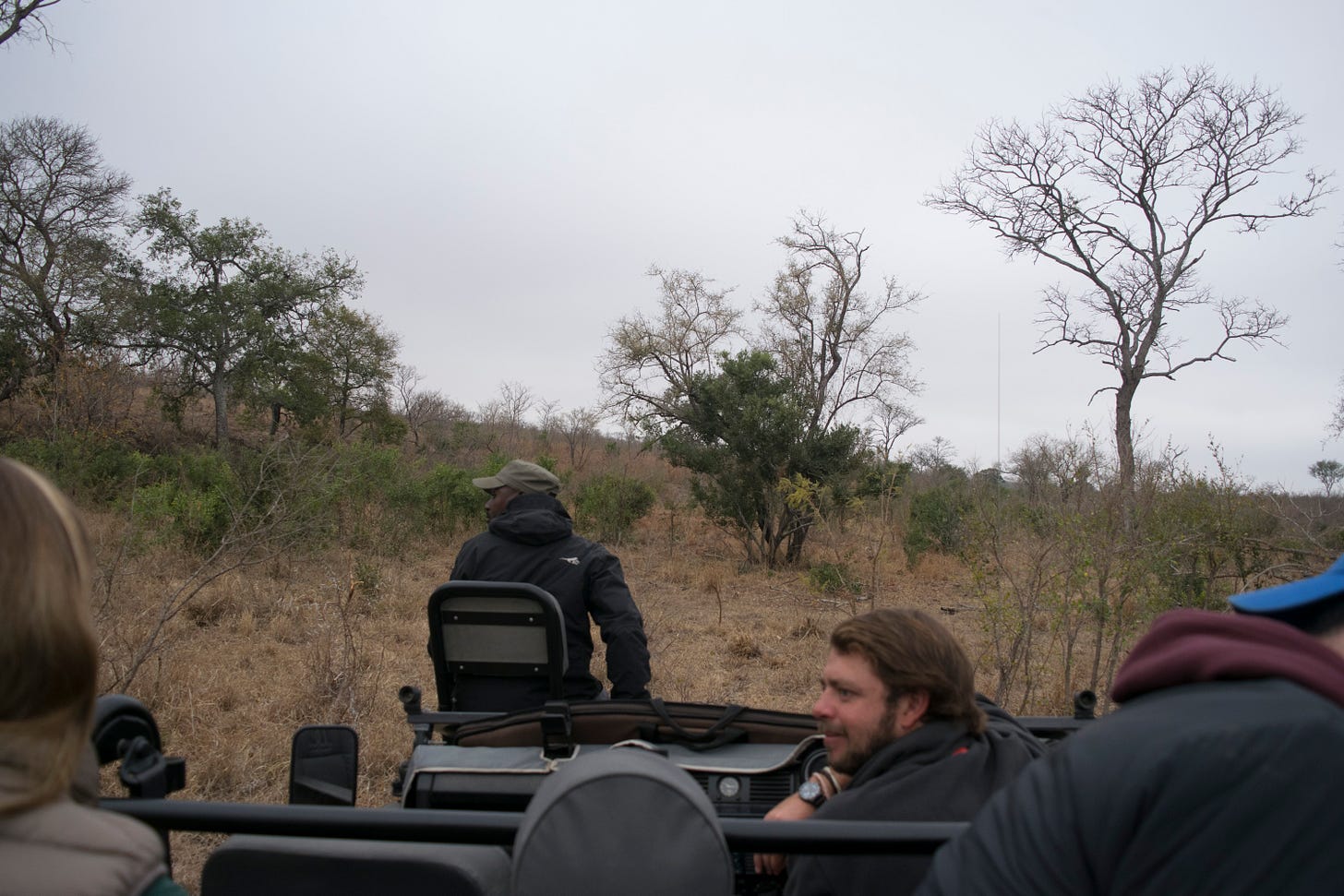
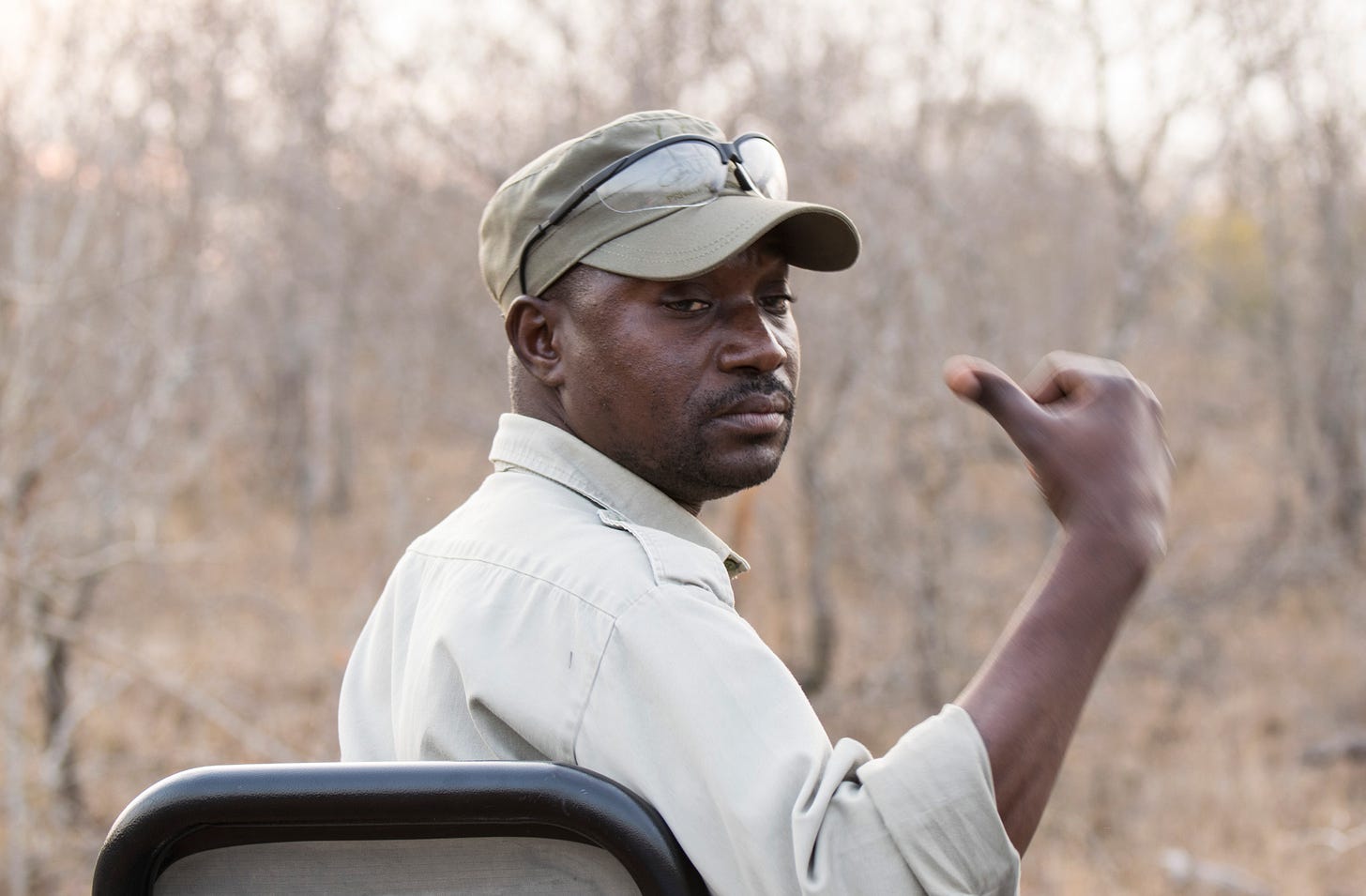
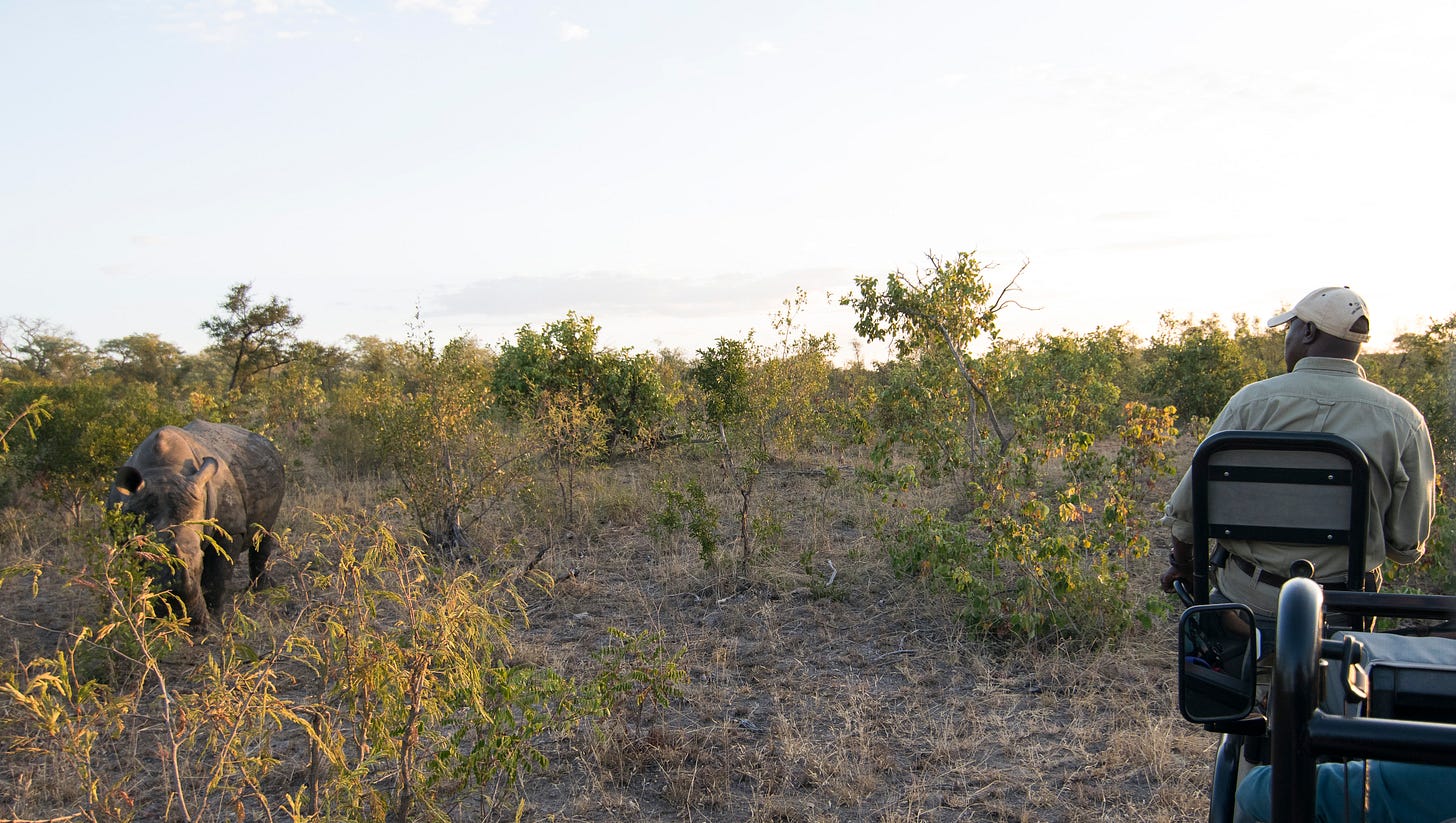
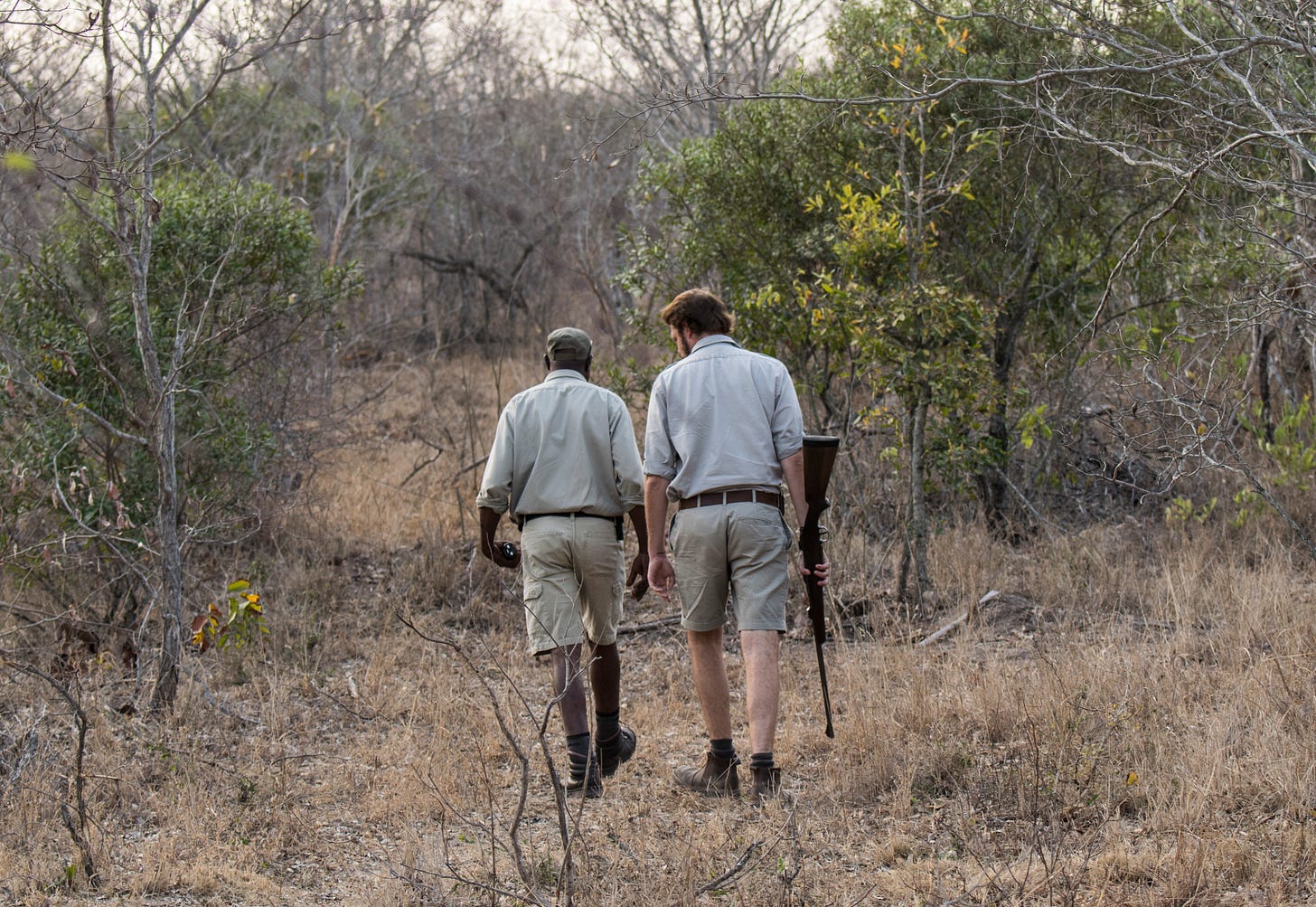
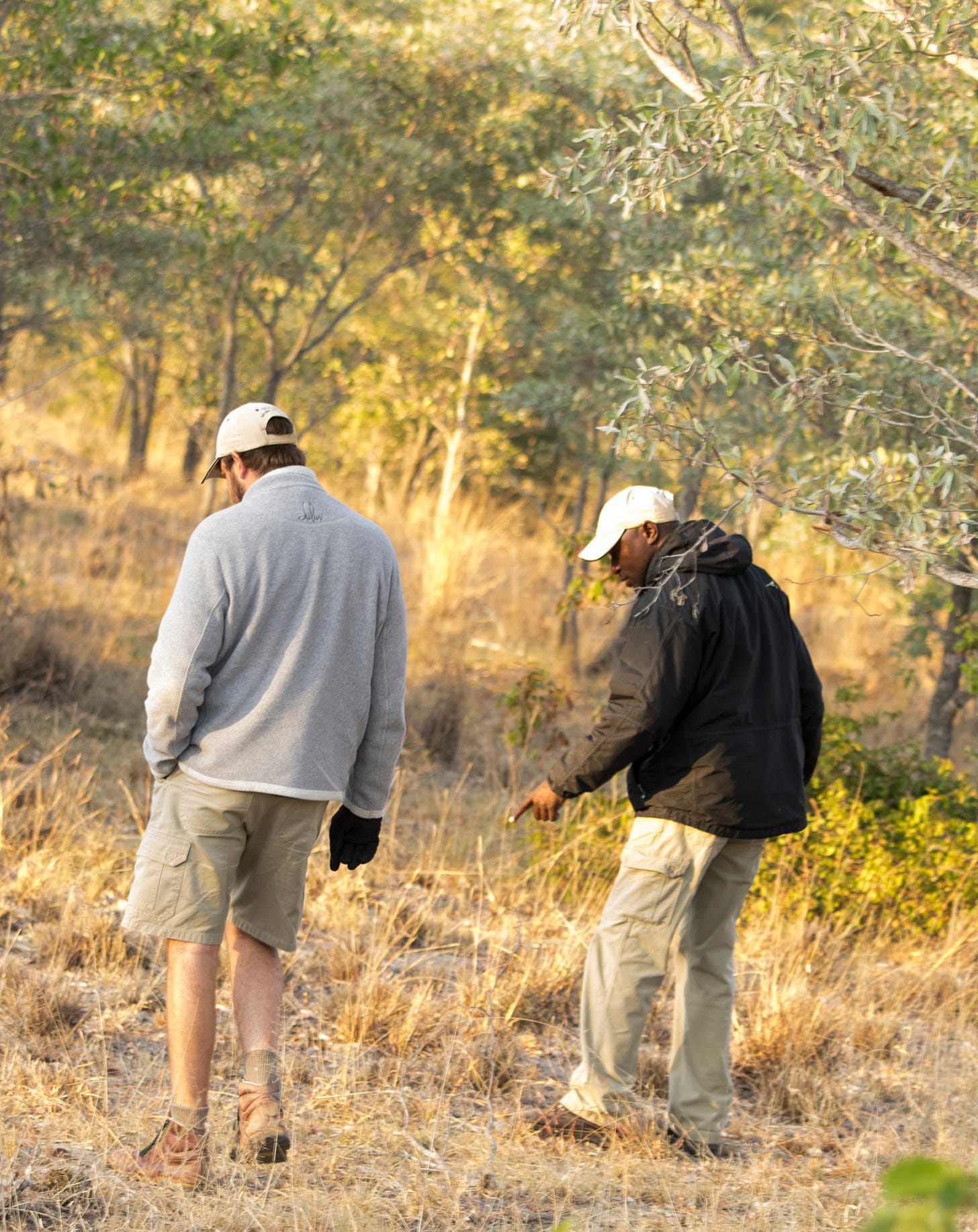
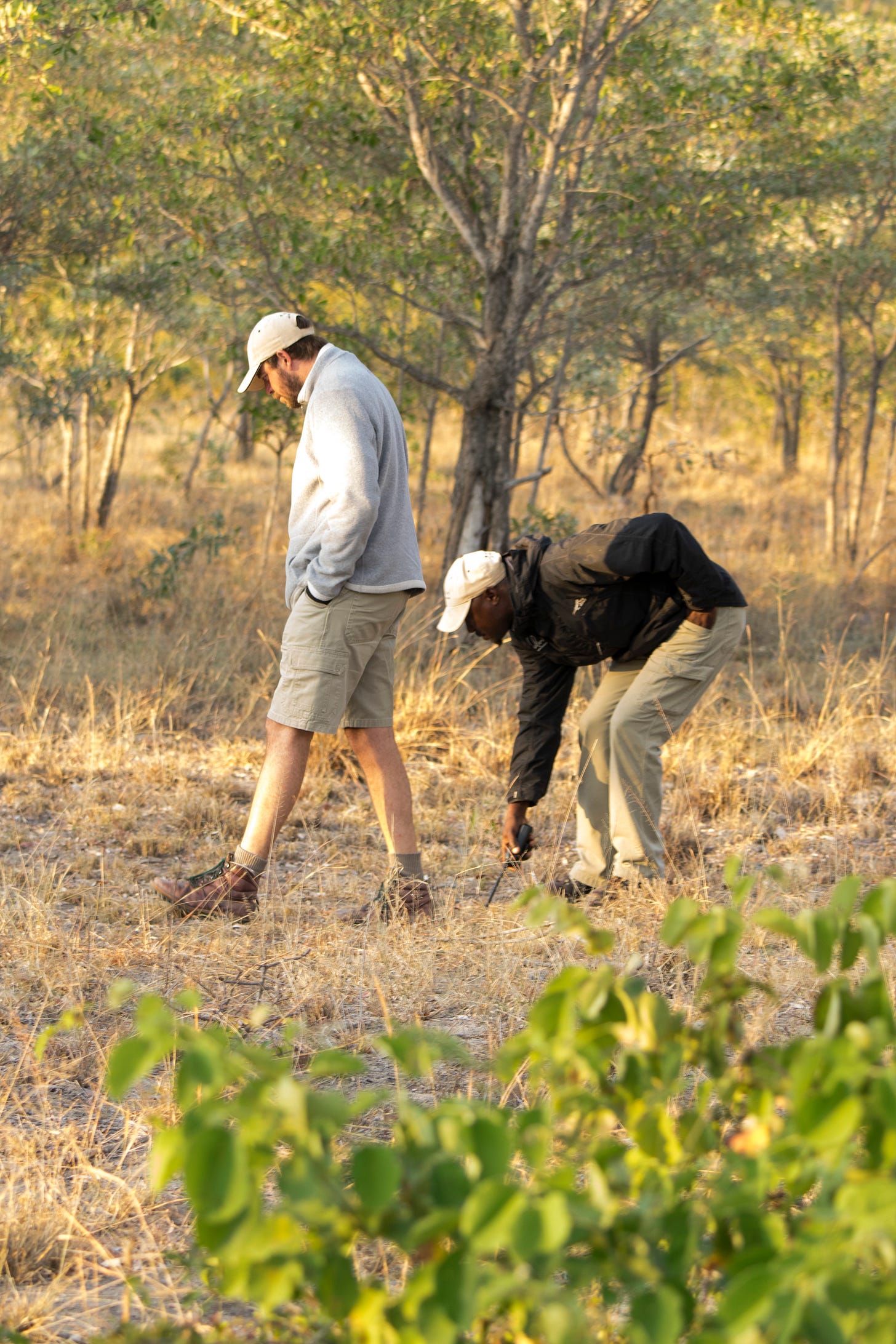
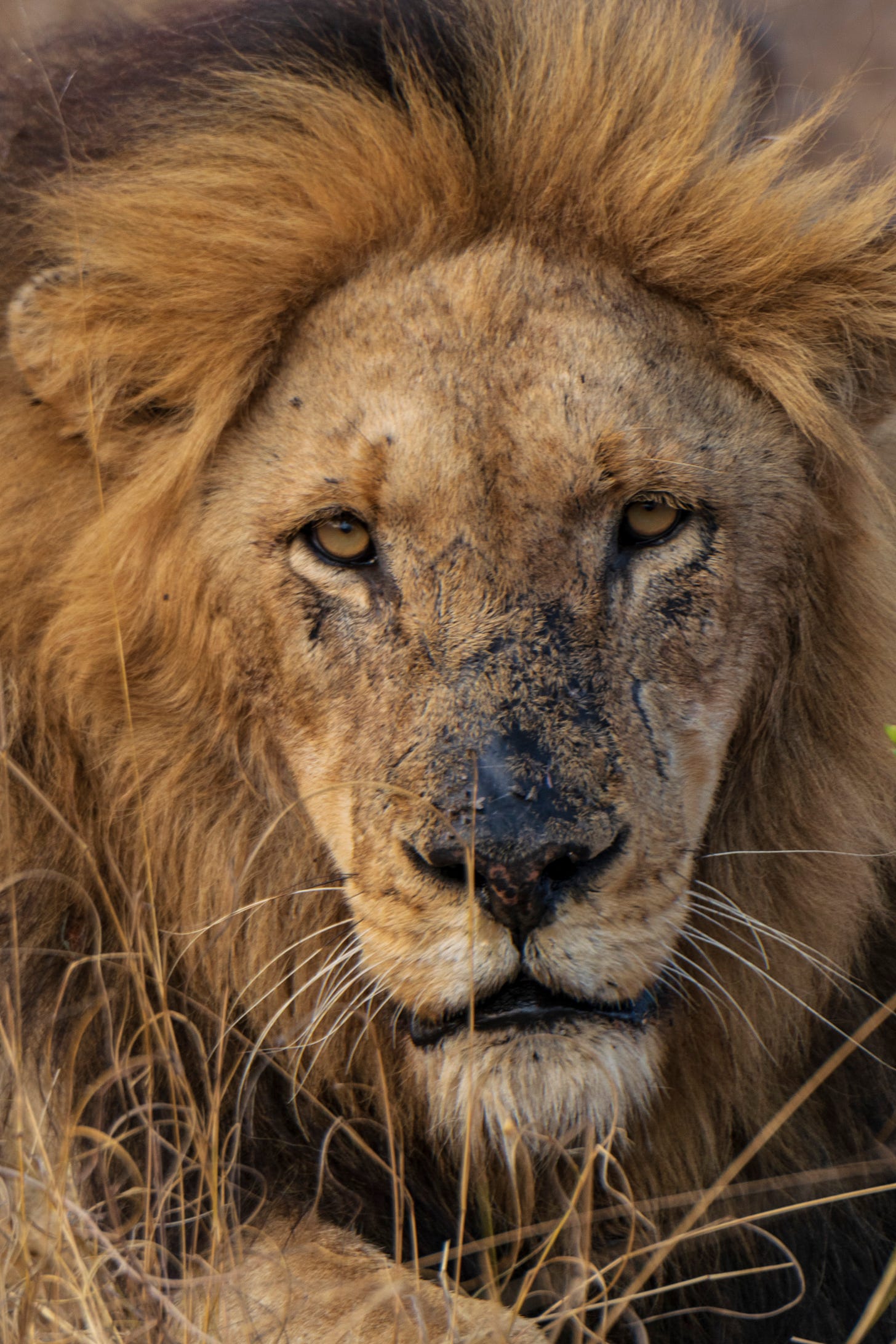
A great tribute.
A terrific tribute! I especially like the pix of Martin and Fred walking and tracking together and of Martin on the hood. The sort of pictures that really show how these people operate. Thanks. And also congrats on the 50th subscriber!
Mom